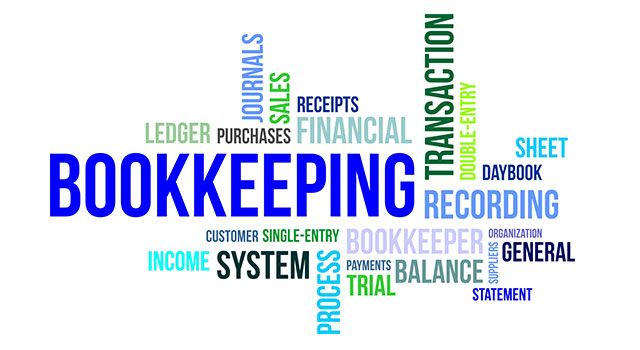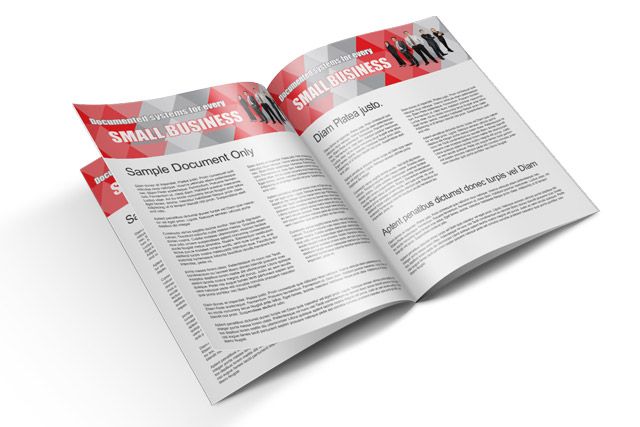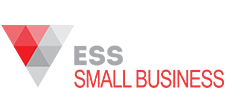Budgets and Cash Flow Forecasts Help!
Issue 017
Budgets and Cash Flow Forecasts are an intricate part of a sound financial system for every company, business and organisation. Directors of SME companies and committee members of not-for-profit, charities, sporting and social organisations should have an understanding of the budgeting and cash flow forecast systems that are being utilised in their respective organisations.
Budgets
Budgeting is about forecasting the future. Budgeting gives directors and committee members the opportunity to rethink strategies before they are implemented when subsequent changes could be very hard to make.
The budgeting process should start with the team and involve collaboration by team members and management to produce Budgets for each operation in the business. These Budgets should then be submitted to senior management for review and when senior management has signed off on the Budgets they should then be submitted to the Board of Directors or management committee for review and board/committee sign off.
The budgeting process for a trades business would have the following characteristics:
Labour on Cost Calculation
This would require separate calculations for various classifications if their employment agreement is different to other team members. The calculation incorporates appropriate allowance for:
- Annual leave
- Annual leave shift worker allowance
- Holiday pay loading
- Statutory holidays
- Personal/carer’s leave
- Superannuation
- Payroll tax (if applicable to the company/organisation)
- Work care
- Training time allowance
- Training for apprentices
- Long service leave accumulation
The labour on cost is normally reflected as a percentage recovery on the wages expense for individual team members.
Labour Budget
The Labour Budget is prepared for each individual classification (if their employment arrangements are the same as others within that classification, if not, a separate calculation is made for those people who vary from the norm for a particular classification):
- the individual gross salary is shown
- the labour on cost percentage is added
- the individual’s total paid hours are shown
from this is deducted the individual’s leave allowance.
- The individual network hours are determined.
- The productivity percentage estimate for that classification is then inserted.
- The individual’s targeted chargeable hours are then determined.
Return on investment
- What is the investment in the business?
- What is the rate of return that the owners/directors require from this business operation?
- Calculate what the targeted net profit prior to income tax will be.
Budgeted Overhead Expenses
The business’ overhead expenses should be listed and evaluated to ensure that this is an accurate estimate of what the overhead costs will be for the year.
Budgeted Materials Mark-up
In a trades business it is normal for the trade business to have purchased materials that they are going to utilise on work for a client and it is normal practice for a mark-up to be charged on those materials to reflect the time and effort that the trades business has taken in sourcing those materials and purchasing the materials for use on the customer’s projects.
As part of the budgetary process an estimate needs to be made as to the cost of materials to be purchased for work on behalf of clients during the year and the trades business’ standard materials mark-up percentage needs to be determined.
Write ups/Write-downs
In some trades businesses they provide for potential write ups or write-downs in the budgetary process.
Targeted Income from Sale of Labour
The calculation can then be prepared:
- Total labour costs including labour on cost
- Targeted net profit for the business
- Overhead expenses
- Subtotal
- Less budgeted materials mark-up (this is if the company has decided that the materials mark-up will be utilised to reduce labour costs – if not do not include this adjustment so that the materials mark-up becomes a profit centre for the business)
- Subtotal
- Plus/less allowance for write-downs or write ups
- Total labour to be recovered
Individual Charge Out Rates
Calculations can then be prepared utilising computer packages to determine the individual charge out rates for the various classifications of team members.
Budgeted Profitability
An exercise can then be prepared to ensure that the calculations relating to sales of labour and material together with the materials costs and labour and labour on costs less the overhead expenses will result in the business earning the targeted net profit.
Management’s role is then to ensure that the various components in this budget calculation are then achieved in the actual business operations. If it is found that a particular category of team members cannot achieve the productivity targets that were set it is preferable that a new calculation is prepared and a new labour charge out rate is determined.
Cash Flow Forecast
The information contained within the Budgets can then be reflected within the Cash Flow Forecast.
Separate Budgets will need to be prepared for:
- Debtors
- Stock (inventory)
- Creditors
- Capital expenditure
- Loan repayments
- Dividends
The projected monthly balances as shown in the cash flow forecasts should then be compared to the overdraft limits that have been granted by the company/organisation’s banker to see whether negotiations should be conducted for a revision of overdraft limits.
Projected Balance Sheet
It is desirable that a Projected Balance Sheet is prepared so that the directors and committee members can obtain a better understanding of what the financial position of the company or organisation will be at the end of the financial year.
Projected Source and Application of Funds
The preparation of a Projected Source and Application of Funds document is a very meaningful description for directors and committee members as to what is projected to happen in the company or organisation’s cash movements during the next twelve months.
In the Corporate Governance Network which is a series of 8 x 90 to 120-minute webinar recordings that are going to be prepared during 2018/2019. Paul Barnaby, the Regional Integration Consultant for Plan Guru will discuss all aspects of the budgeting process for companies and organisations. Paul who is a very experienced chartered accountant will identify how the Plan Guru packages can assist in the preparation of Budgets and Cash Flow Forecasts so the directors and committee members have a clear understanding of how the various budget forecasts affect cash flow in the business and what the overall position of the company or organisation is going to look like in twelve months’ time.
If you would like to have a better understanding of what is involved within the Corporate Governance Network , please logon to the ESS Small Business website – click Corporate Governance Learn More.
FREE article
Click here for a complimentary copy of “Paper 005-035 – Budgets and Cash Flow Forecasts”.
If you have any questions on any aspect of the Corporate Governance Network or services provided by ESS Small Business, please send me an email peter@essbiztools.com.au or telephone me on 1800 232 088.
Have a great day!





































